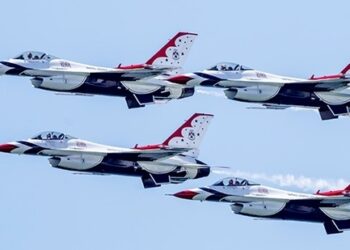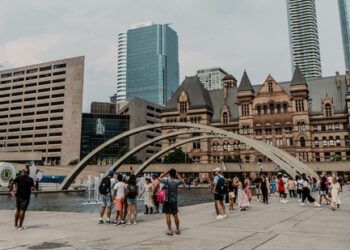The New York Times is under fire after a recent article portrayed Hezbollah’s Secretary-General, Hassan Nasrallah, as a “gifted orator” and champion of “equality,” igniting a storm of criticism from political commentators, human rights activists, and Middle Eastern experts. Critics argue that the piece dangerously downplays the militant group’s violent history and Nasrallah’s role in exacerbating regional tensions, particularly with Israel.
The NYT article, which aimed to provide context on Hezbollah’s influence in Lebanese politics, described Nasrallah’s speeches as rhetorically powerful and influential in mobilizing support, particularly among Lebanon’s Shia community. However, it also included statements framing him as a leader fighting for equality and justice, a characterization that many found deeply problematic given Hezbollah’s long-standing designation as a terrorist organization by the U.S. government and other countries.
Outrage Over Nasrallah’s Portrayal
The backlash was immediate, with critics accusing the publication of providing a sympathetic portrayal of a figure responsible for violence across the Middle East. Social media was flooded with reactions, with users accusing the NYT of whitewashing Nasrallah’s actions and diminishing the impact of Hezbollah’s military activities, including attacks on civilians. Analysts have expressed concern that such depictions could embolden Hezbollah’s support base, undermine efforts for peace, and mislead the global audience on the true nature of the group.
A prominent think tank in Washington labelled the article as “irresponsible,” stating that it was an “oversimplified portrayal of a complex and dangerous figure.” The think tank’s director remarked, “While journalistic neutrality is important, romanticizing a figure like Nasrallah, who leads an organization responsible for terrorism and human rights violations, is highly problematic.”
Debate Over Journalistic Responsibility
This incident has also reignited debates about the role of media in representing figures involved in political violence. While some defend the NYT’s approach as an attempt to provide a multi-dimensional view of Nasrallah’s influence within Lebanon, others see it as crossing the line into glorification.
Media watchdogs have pointed out that coverage of controversial figures, especially those associated with terrorism, requires an exceptional level of nuance and clarity. Missteps, they argue, risk normalizing or legitimizing violent actors.
In response to the criticism, the NYT has not yet issued an official statement but is reportedly reviewing the public’s reaction and considering updates to the article.
Nasrallah’s Controversial Legacy
Hassan Nasrallah has been at the helm of Hezbollah since 1992 and remains a highly polarizing figure. While many in Lebanon’s Shia population see him as a defender against Israeli aggression, his organization has been implicated in a series of violent attacks, political assassinations, and armed confrontations, most notably during the 2006 Lebanon War. Hezbollah’s deep ties with Iran have further cemented its role as a proxy for Tehran’s influence in the region, a point of contention for many international observers.
The NYT’s portrayal of Nasrallah is seen by critics as particularly troubling in light of Hezbollah’s continued role in destabilizing Lebanon and its growing involvement in Syria’s civil war on behalf of the Assad regime.
Looking Ahead
As the debate around the article continues, it remains to be seen how the New York Times will address the issue, especially as media outlets face increasing scrutiny over their portrayals of politically charged figures. For now, the controversy underscores the fine line between reporting and potentially glorifying individuals with violent histories.


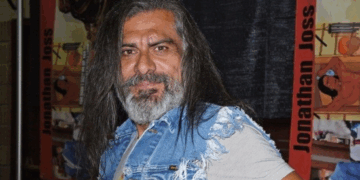
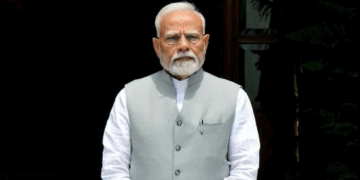

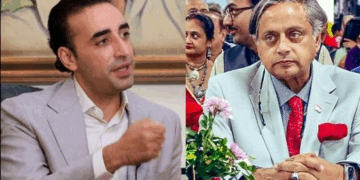

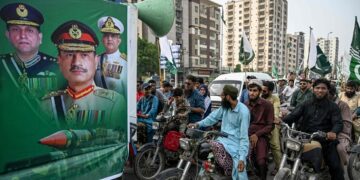
 India
India





